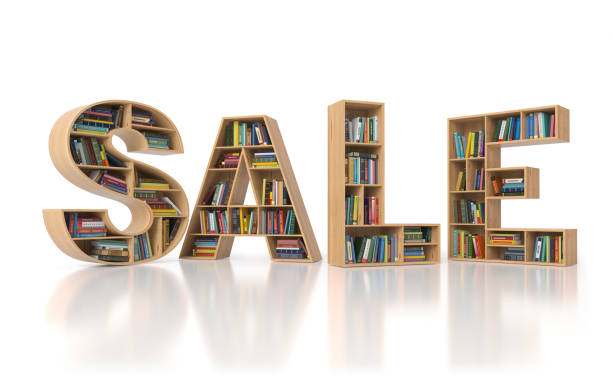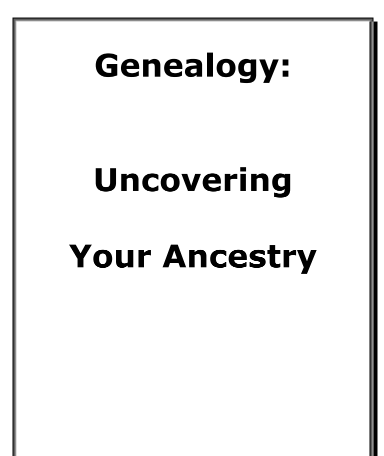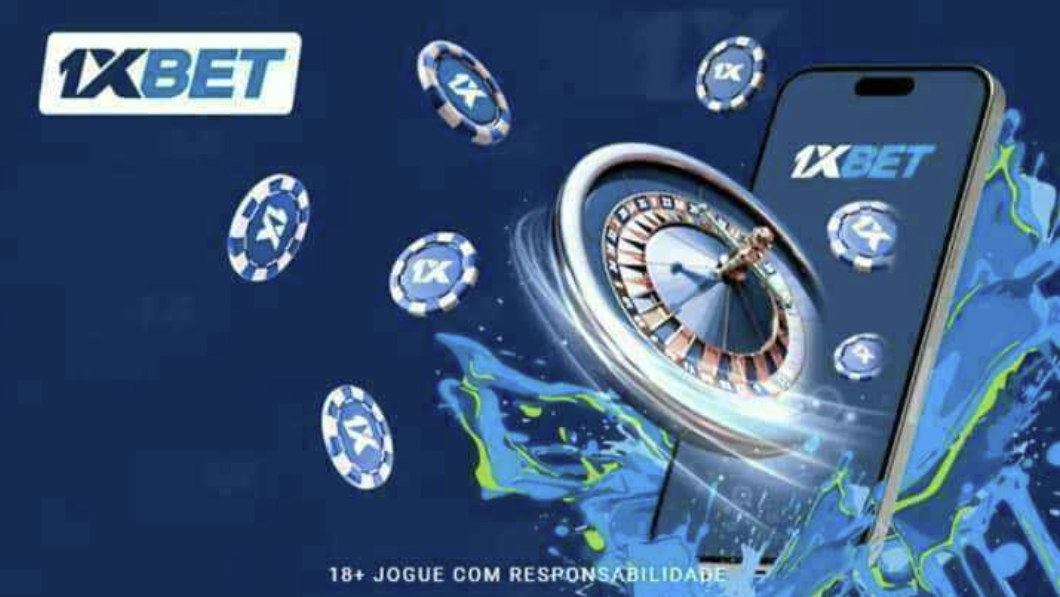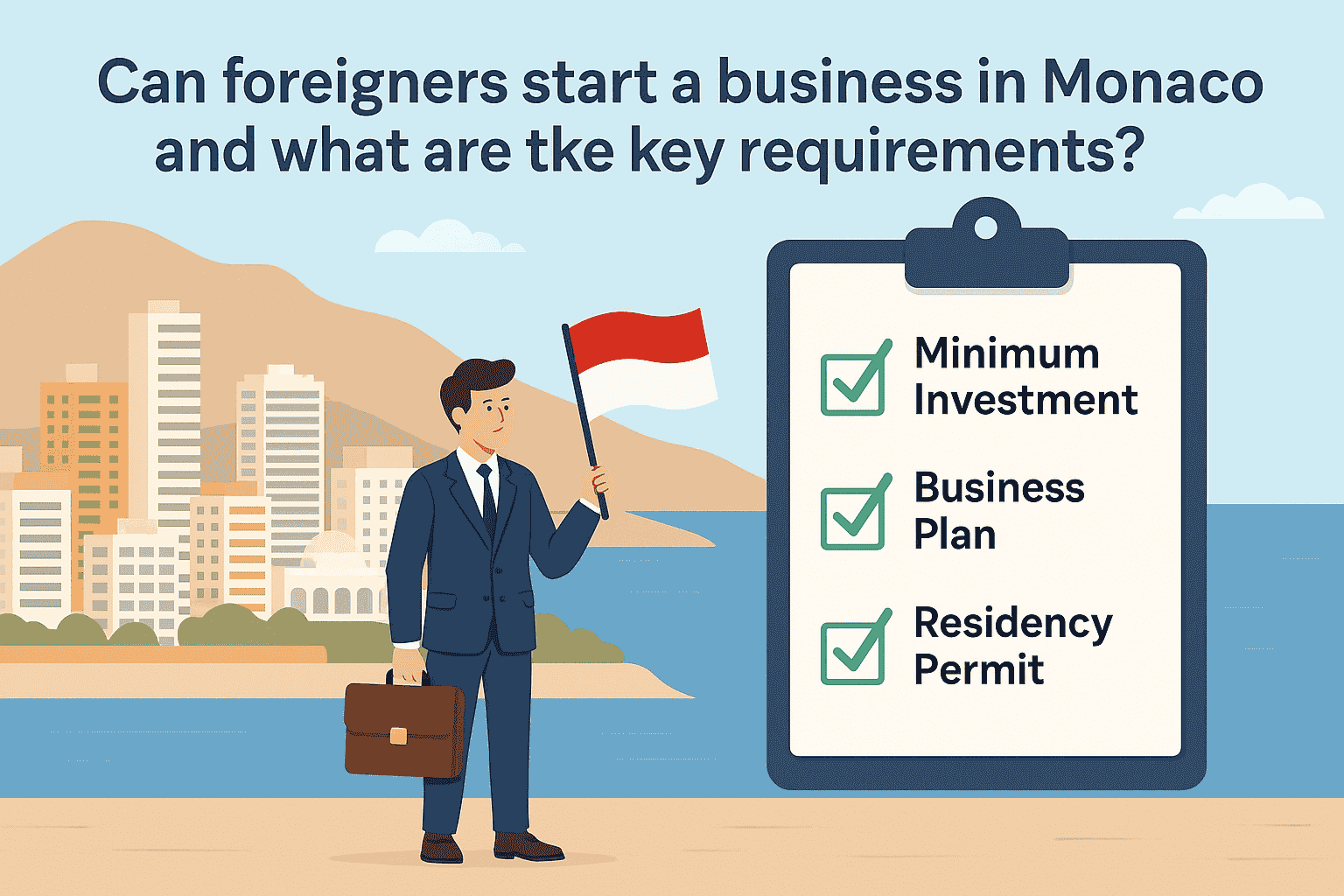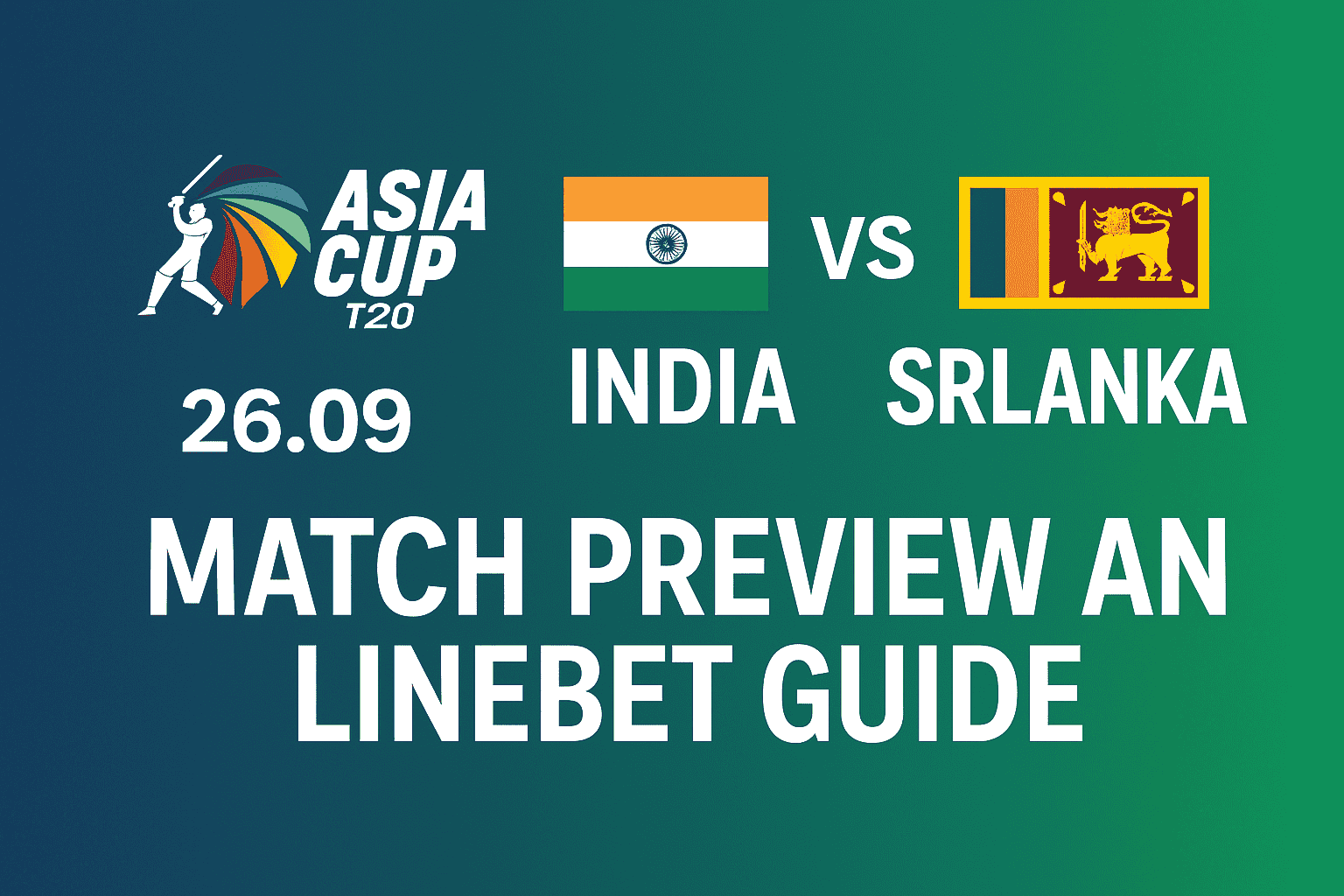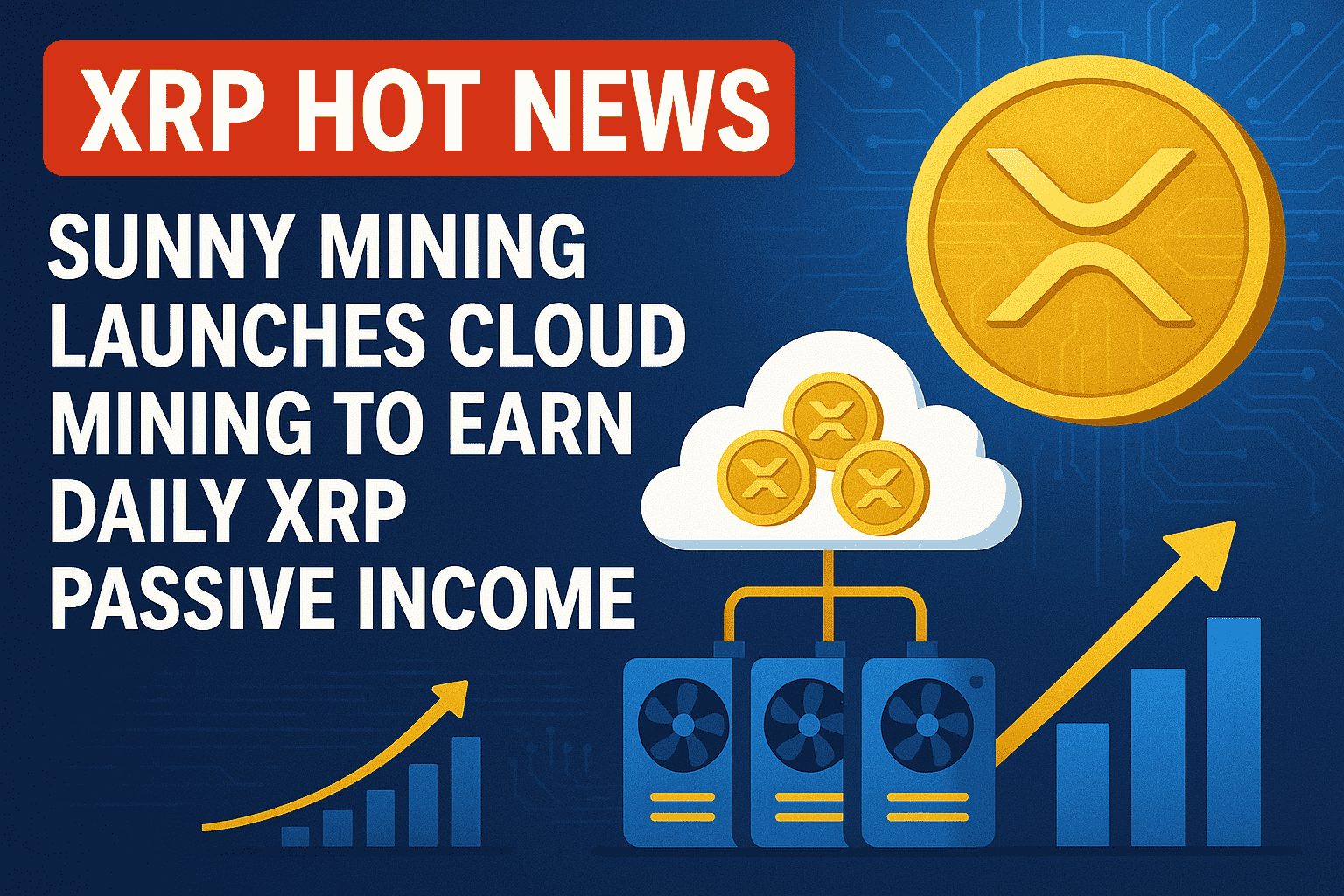Building a Book Sales Funnel: Turning Readers Into Loyal Customers
For most authors, the dream is not just to sell a single book but to build a long-term career with a loyal readership. However, many authors stop at the point of publication — hoping sales will happen automatically. In reality, a book launch is just the first step. To maximize success, you need a structured system that guides readers from discovering your work to becoming repeat buyers and dedicated fans. That system is called a book sales funnel.
A book sales funnel is more than a marketing buzzword. It is a proven strategy used by successful authors and entrepreneurs to create consistent sales, grow an audience, and build a sustainable business around books. By intentionally designing the journey readers take — from curiosity to commitment — you can transform casual buyers into loyal customers who support your work for years.
1. What Is a Book Sales Funnel?
A sales funnel is the step-by-step path potential customers follow before making a purchase. For authors, a book sales funnel outlines the journey from discovering your book to buying it, and ultimately, to engaging with your brand on a deeper level.
The funnel typically includes:
-
Awareness: Readers first hear about you or your book.
-
Interest: They become intrigued and want to know more.
-
Decision: They choose to buy your book.
-
Loyalty: They engage further, buy more books, or recommend you to others.
Instead of relying on chance, a funnel allows you to design this path intentionally, increasing the likelihood of long-term success.
2. Why Authors Need a Book Sales Funnel
Many authors believe book marketing ends with sales. But the true opportunity lies in turning one-time buyers into loyal readers. A sales funnel provides:
-
Consistency: You can generate steady sales instead of one-off spikes.
-
Scalability: Once set up, a funnel works repeatedly for each new release.
-
Loyalty: Readers don’t just buy a book; they buy into your brand.
-
Higher lifetime value: A loyal reader will buy multiple books, attend events, and recommend you to others.
Without a funnel, every new book feels like starting over. With a funnel, each book adds to a growing, engaged community.
3. The Stages of a Book Sales Funnel
Stage 1: Awareness
This is the top of the funnel — where new readers discover you.
-
Social media posts, ads, or blog content introduce your book.
-
Free samples or lead magnets (like the first few chapters) capture attention.
-
Visibility strategies (guest posts, podcasts, influencer shoutouts) expand reach.
Stage 2: Interest
Now, readers want to learn more.
-
An engaging website or landing page showcases your book.
-
Eye-catching covers and compelling blurbs build intrigue.
-
Reviews, testimonials, and endorsements add credibility.
Stage 3: Decision
At this point, readers are considering purchase.
-
Clear calls-to-action (“Buy Now” buttons, direct links) make it easy.
-
Limited-time offers, discounts, or bundles encourage action.
-
Multiple formats (e-book, paperback, audiobook) increase accessibility.
Stage 4: Loyalty
The most valuable stage — where buyers become lifelong readers.
-
Encourage reviews and feedback.
-
Invite readers to join your email list or private community.
-
Offer exclusive content, sneak peeks, or discounts on future books.
4. How to Build Your Book Sales Funnel
Step 1: Attract Readers With Free Content
Give readers a reason to step into your funnel.
-
Offer a free e-book, sample chapters, or a short story in your newsletter.
-
Share valuable blog posts or tips related to your niche.
-
Run ads promoting free or discounted books to increase awareness.
Step 2: Capture Leads With an Email List
An email list is the foundation of a strong funnel.
-
Create a landing page offering your freebie in exchange for an email.
-
Use email automation tools to welcome new subscribers.
-
Nurture the relationship with consistent, valuable updates.
Step 3: Convert Leads Into Buyers
Once readers are engaged, lead them to purchase.
-
Send personalized emails promoting your latest release.
-
Offer discounts for early buyers or pre-orders.
-
Highlight testimonials, awards, or reader reviews to build trust.
Step 4: Retain and Upsell
The funnel doesn’t end at one sale.
-
Promote sequels, companion books, or box sets.
-
Offer coaching, courses, or workshops if your book is nonfiction.
-
Provide exclusive behind-the-scenes content or bonus chapters.
5. Tools to Create a Book Sales Funnel
-
Email marketing platforms: Mailchimp, ConvertKit, or MailerLite for building lists.
-
Landing page builders: Leadpages, Unbounce, or even WordPress plugins.
-
Social media ads: Facebook and Amazon ads to attract new readers.
-
Analytics tools: Google Analytics or dashboard tools to track conversions.
With the right tools, you can automate large parts of your funnel, freeing up time for writing.
6. Common Mistakes Authors Make With Sales Funnels
-
Skipping the email list: Relying solely on Amazon or social media means losing direct access to readers.
-
Over-promoting: Constant “buy my book” messaging pushes readers away.
-
Ignoring loyalty: Focusing only on new readers while neglecting existing fans leaves money on the table.
-
Not testing: Failing to experiment with pricing, offers, or messaging reduces potential growth.
Avoiding these pitfalls will make your funnel more effective and reader-friendly.
7. Real-World Examples of Book Sales Funnels
-
Romance Authors on Amazon: Many offer the first book in a series free, capturing email subscribers, then upselling sequels.
-
Nonfiction Thought Leaders: Use their books as entry points into premium courses, consulting, or speaking engagements.
-
Indie Authors on Patreon: Build communities where fans pay monthly for exclusive content, early releases, and engagement.
Each example shows how a funnel transforms one book into a long-term relationship.
8. Turning Readers Into Loyal Customers
A successful funnel focuses not just on sales but on relationships. Here’s how to create loyalty:
-
Offer consistent value: Share insights, resources, or entertainment that go beyond the book.
-
Engage authentically: Reply to emails, comments, and reviews.
-
Reward loyalty: Give discounts, freebies, or early access to dedicated fans.
-
Build a community: Create reader groups on Facebook or Discord for interaction.
When readers feel valued, they’re not just customers — they become advocates who recommend your work to others.
Final Thoughts
A book sales funnel is the bridge between publishing a book and building a career. By guiding readers through awareness, interest, decision, and loyalty, you can transform casual buyers into dedicated fans who support your work over the long term.
Instead of treating each new release as a one-time event, think of your books as stepping stones within a larger funnel. Each book is not just a product, but an opportunity to deepen your relationship with readers.
With a well-designed funnel, you won’t just sell books — you’ll create a thriving ecosystem where readers return again and again, fueling both your profit and your passion for storytelling.

